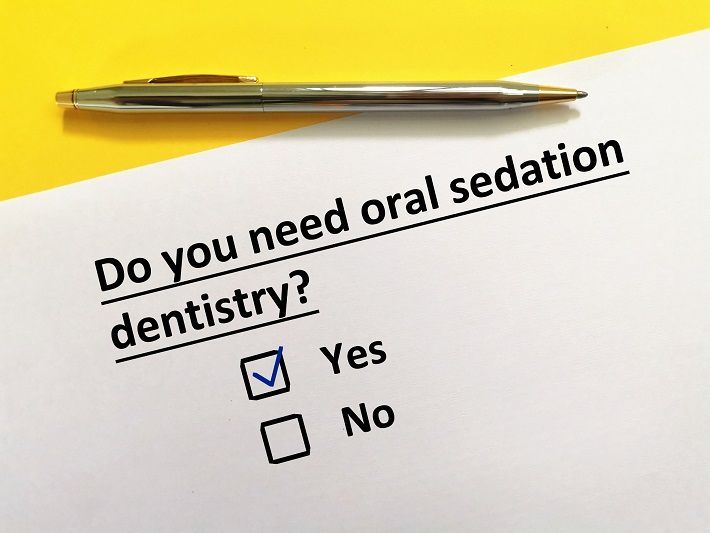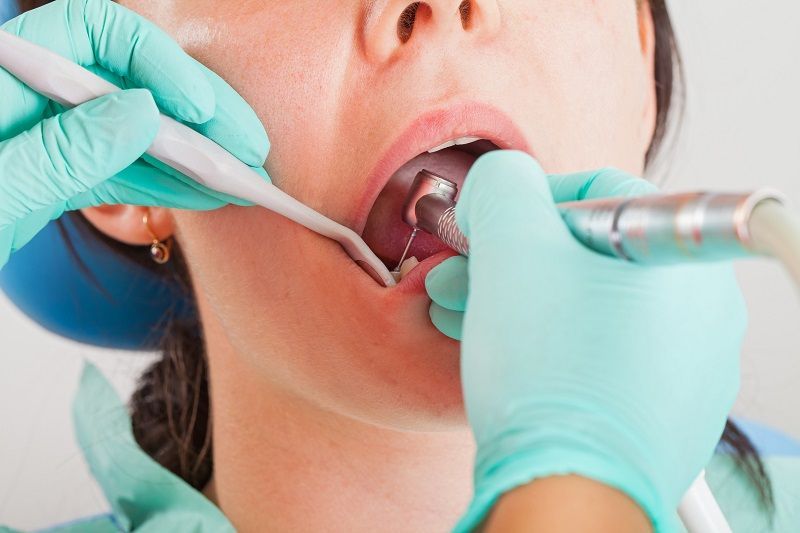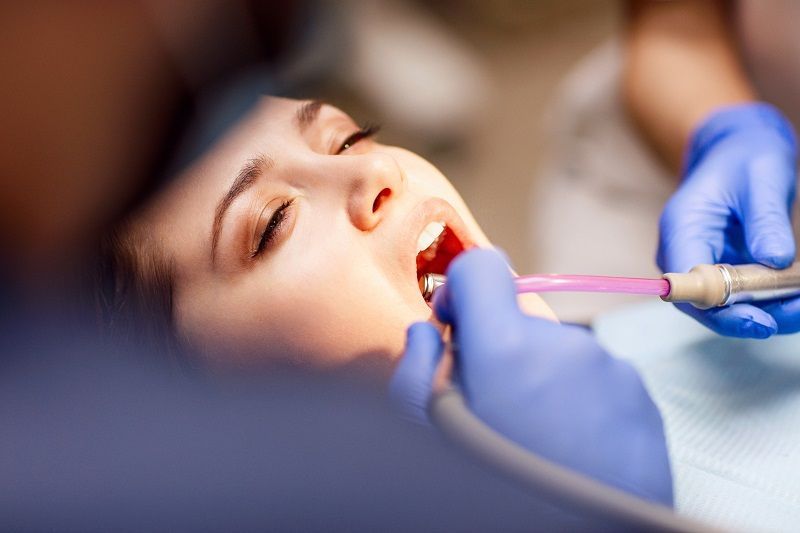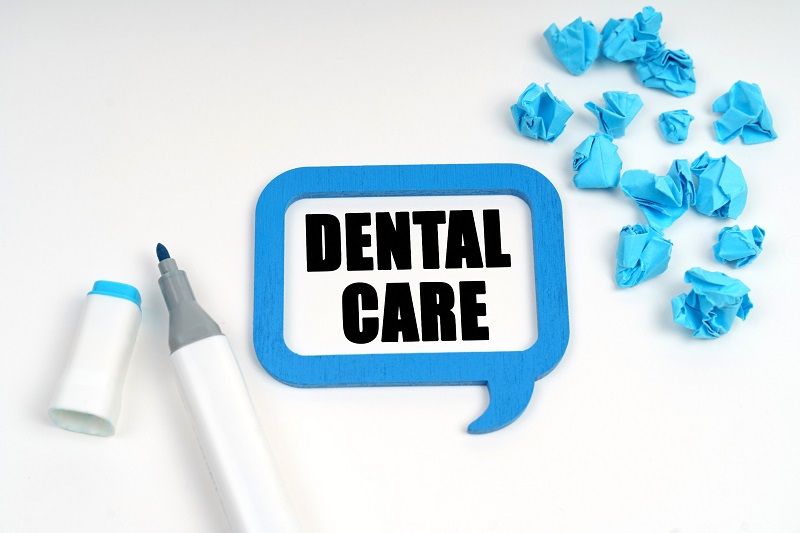Why Strong Anesthetics Shouldn’t Be Used in All Dental Cases?

Most people avoid visiting their dentists just because they imagine having painful experiences. Pain is usually the main reason for patients' negative attitude towards timely visits to the dentist.
But today, going to the dentist should no longer scare anyone, because modern anesthetics used in sedation dentistry practicesmake the whole treatment process comfortable and painless. With the help of anesthetics, the sensitivity in a certain area or in the whole body is partially or completely removed. Once in the tissue, the anesthetic deprives the nerve of the ability to conduct painful impulses, changing its electrical potential.
The risks of administering anesthetics are especially related to people who are in poor health, have a history of blood clotting disorders or are taking certain medications.
Personal risk factors include:
·Age - the risks associated with anesthesia increase with the patient's age.
·Certain conditions such as heart, circulatory or neurological diseases increase the risk of complications.
·Certain medications may have an influence on the course of the anesthetic process, so patients must communicate the medication they are into, especially if it is a long term or permanent treatment.
·Smoking, alcohol or drugs can be very important factors in complications
Following the anamnesis, the dentist will determine what type of anesthesia they will use. For example, a patient with a heart condition will get an adrenaline-free anesthetic, to prevent raising their blood pressure.











